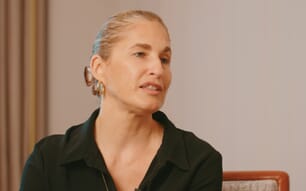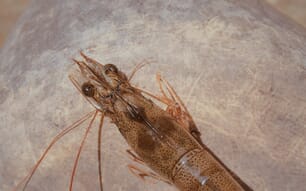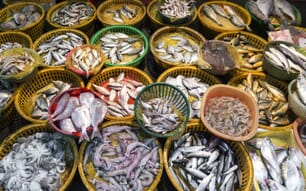
The interview is part of a new series filmed by The Fish Site’s media team at dsm-firmenich’s recent Global Aqua Days event in Athens. And, in it, Rider discusses topics including the vitamin’s contribution to fish welfare, performance, product quality and farm economics.
As Rider explains to The Fish Site’s Rob Fletcher, fish are the richest natural dietary source of vitamin D available to humans, with oily species such as salmon, mackerel and sardines far surpassing any plant-based foods. This also highlights that fish themselves have a strong requirement for the vitamin. In the wild, they obtain it both through their prey and – to some extent – through synthesis in the skin. However, in modern farming systems, particularly closed or indoor setups with limited sunlight, fish rely almost entirely on dietary supplementation.
When fish lack vitamin D, it can stunt growth, weaken skeletal structures, impair lipid metabolism and reduce skin thickness. This last issue is particularly concerning in salmon farming, where wellboat treatments to control sea lice can damage delicate skin. Wounds not only compromise welfare but also reduce product quality and market value. Adequate vitamin D, in combination with other essential vitamins, has been shown to help fish resist and recover from such challenges more effectively.
From a farmer’s perspective, supplementation must also make economic sense, but Rider emphasises that the return on investment is clear: vitamin D enhances feed conversion efficiency, enabling farmers to use less feed for more growth. Considering feed is the largest cost in aquaculture, this efficiency gain alone justifies the inclusion of vitamin D at proper levels.
Recent innovations are pushing these benefits further. Traditionally, feeds have used vitamin D3 (cholecalciferol), but Rider notes that dsm-firmenich’s latest product, Hi-D, offers improved bioavailability. Unlike standard D3, which must be converted in the body before becoming active, Hi-D shortens the process, boosting growth, bone strength, lipid utilization, and even fillet quality. Early trials in Chile, for example, showed reductions in bone deformities and improvements in fillet texture.
Rider also highlights that Vitamin D also regulates 2–5 percent of all genes in vertebrates – thereby affecting immunity, cell differentiation and ion balance and he is currently also investigating its role in disease resistance and metabolism.








